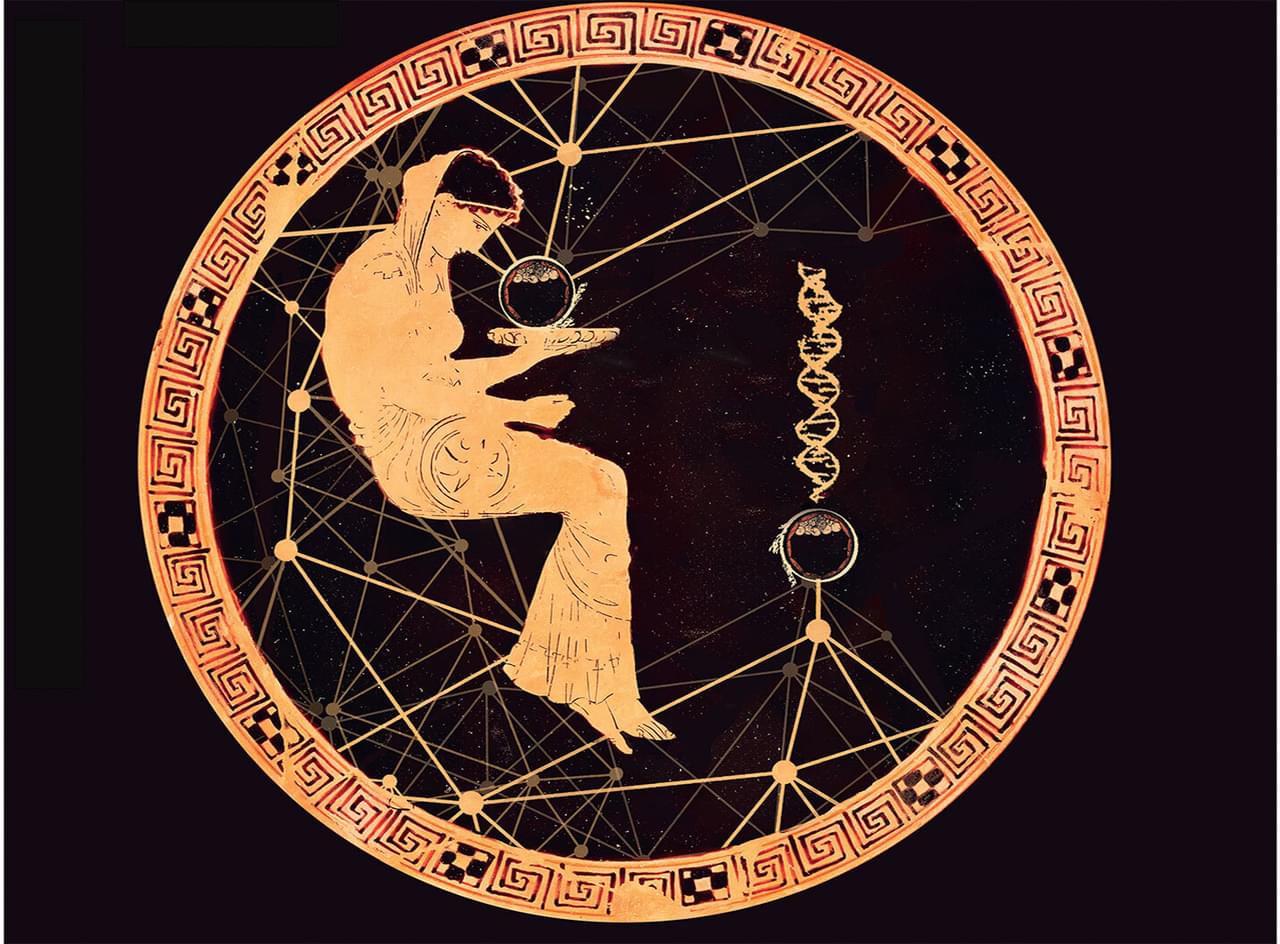News
15 April 2025
Light sheet microscopy: A decade-long journey from DIY innovation to cutting-edge imaging
A look at the technology that provides researchers with deeper insights into complex biological systems.
Read Article
Stowers investigators discover how an unusual interplay of signaling pathways shapes a critical eye structure
KANSAS CITY, MO—A small ensemble of musicians can produce an infinite number of melodies, harmonies and rhythms. So too, do a handful of workhorse signaling pathways that interact to construct multiple structures that comprise the vertebrate body. In fact, crosstalk between two of those pathways—those governed by proteins known as Notch and BMP (for Bone Morphogenetic Protein) receptors—occurs over and over in processes as diverse as forming a tooth, sculpting a heart valve and building a brain.
A new study by Stowers Institute for Medical Research Investigator Ting Xie, Ph.D., reveals yet another duet played by Notch and BMP signals, this time with Notch calling the tune. That work, published in this week’s online issue of PNAS, uses mouse genetics to demonstrate how one Notch family protein, Notch2, shapes an eye structure known as the ciliary body (CB), most likely by ensuring that BMP signals remain loud and clear.
In vertebrates, the CB encircles the lens and performs two tasks essential for normal vision. First, it contains a tiny muscle that reshapes the lens when you change focus, or “accommodate”. And it also secretes liquid aqueous humor into the front compartment of the eye where it likely maintains correct eye pressure. Understanding CB construction is critical, as excessive pressure is one risk factor for glaucoma.
News
15 April 2025
A look at the technology that provides researchers with deeper insights into complex biological systems.
Read Article
News
11 April 2025
“There are few rewards as powerful and as elevating as making a clear, robust scientific observation that advances the field.”
Read Article
News

09 April 2025
New study shows how we can better learn our genome’s hidden grammar, potentially paving the way for personalized medicine.
Read Article
